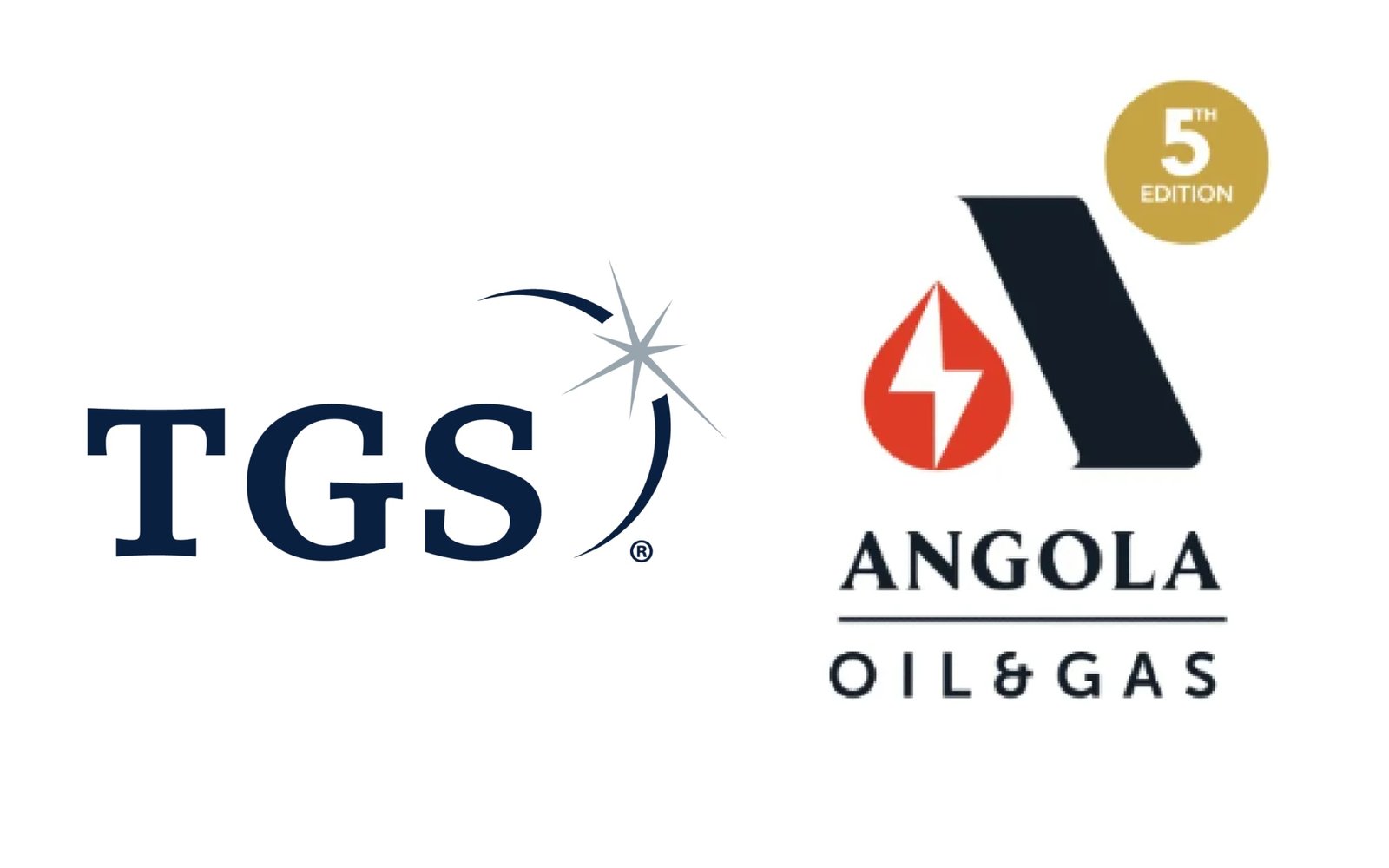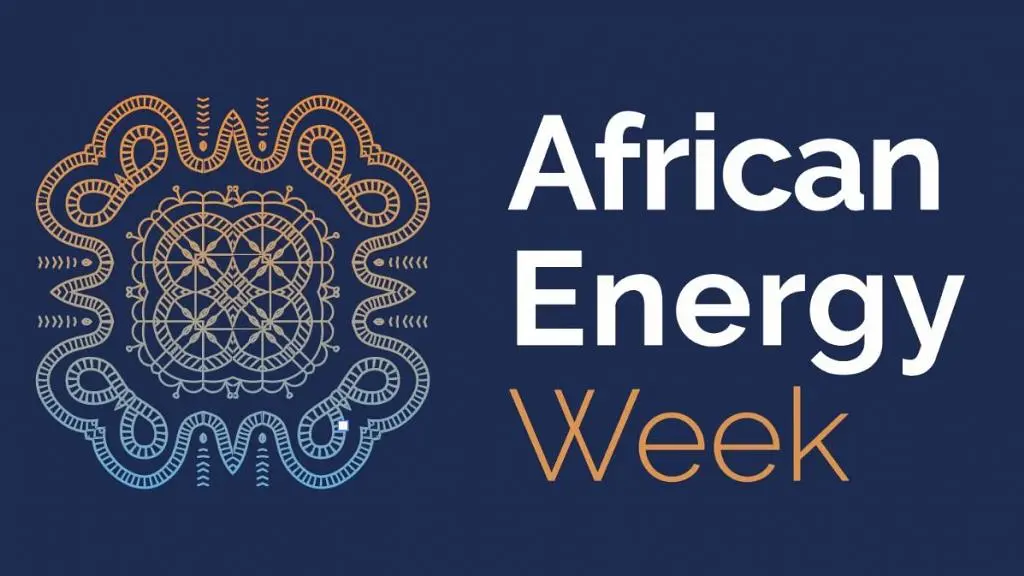By Alison Godswill
The price of Nigeria’s Bonny Light has risen to $60.52 per barrel, apparently the highest in 2021, as the Organisation of Petroleum Exporting Countries, OPEC continues to pursue its oil cut deal.
The prices of other crudes, including Brent, OPEC Basket, and the Urals also rose from over $50 to $61.14, $60.28, and $42.22 per barrel in the international oil market.
Speaking at the S&P Global Platts Americas Petroleum and Energy Conference, 27 January 2021, HE Mohammad Sanusi Barkindo, OPEC Secretary General, attributed the increased stability to constructive engagements among stakeholders.
He said: “Over the decades, this has expanded far and wide. Today, we have established productive dialogues with other international organizations such as the International Energy Agency, the International Energy Forum, the Gas Exporting Countries Forum, and cooperate and hold talks with the G20, the International Monetary Fund, the World Bank, and various UN entities. There are also a variety of constructive dialogues with major oil consumers and producers, such as the EU, India, China, the Russian Federation, as well as with a number of US energy industry stakeholders.
“These relationships were particularly vital in 2020, in the face of the colossal impacts of the COVID-19 pandemic, something I will return to later. It all underscores how OPEC is now an established part of the international energy community and the multilateral system. In this regard, an outstanding example of the multilateral approach can be viewed through the prism of the Declaration of Cooperation (DoC), now in its fifth year, which has brought together 23 oil-producing nations to help return balance to the market, and achieve sustainable stability, in the interests of both producers and consumers.
“It has helped the industry traverse two historic downturns. It has ushered in a new era in global energy cooperation. Back at the start of 2017, the focus of the DoC was on returning balance and stability to the oil market in the aftermath of the devastating 2014-16 oil industry downturn.
“The downturn had brought the industry to its knees. Nearly half a million people lost their jobs; an estimated one trillion dollars in investments were either frozen or deferred; a record number of companies filed for bankruptcy, and by July 2016 the OECD commercial stock overhang had soared to a record high of about 403 million barrels (mb) over the five-year industry average. Over the subsequent three years, from 2017-2019, the diligent and coordinated response through voluntary production adjustment decisions taken by the DoC helped rebalance the market, restore stability and revive the industry.
“When the year turned from 2019 to 2020, there was a great deal of optimism for the oil market in the coming 12 months. Not only for the oil market; the global economy too. By March, however, the COVID-19 pandemic had pervaded almost every aspect of our daily lives, with widespread lockdowns, economies in major distress, and many businesses shuttered in. In terms of the oil and gas industry, every producer was impacted. No-one was immune. The DoC had to again stand up and be counted. The action was needed, and act we did with the largest and longest production adjustments in the history of the OPEC, the DoC, and the oil industry agreed on 12 April 2020 to help counter the massive oil demand decline that at times was above 20 mb/d in April.”
He added: “The phased reductions in the adjustment levels over a two-year period demonstrated the full commitment of all participants a common goal. I am sure each and every one of us can recall the dire situation the industry was in, which was most dramatically illustrated on 20 April 2020 when the price of WTI went negative. It was a visceral day, and one often described as ‘Black Monday’. It was a time when the industry faced a potential crude oversupply of nearly 1.3 billion barrels. There were even deep concerns that some storage hubs could actually reach tank tops.”








